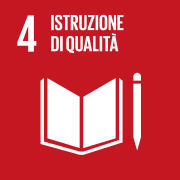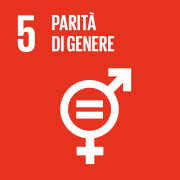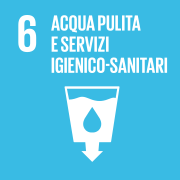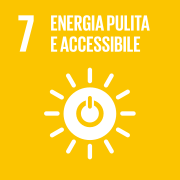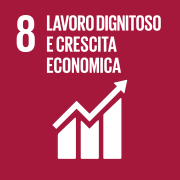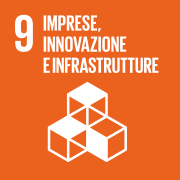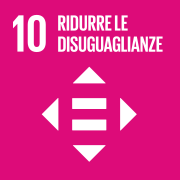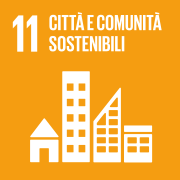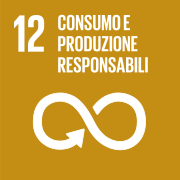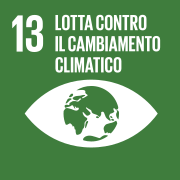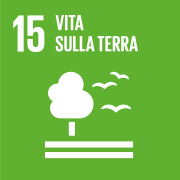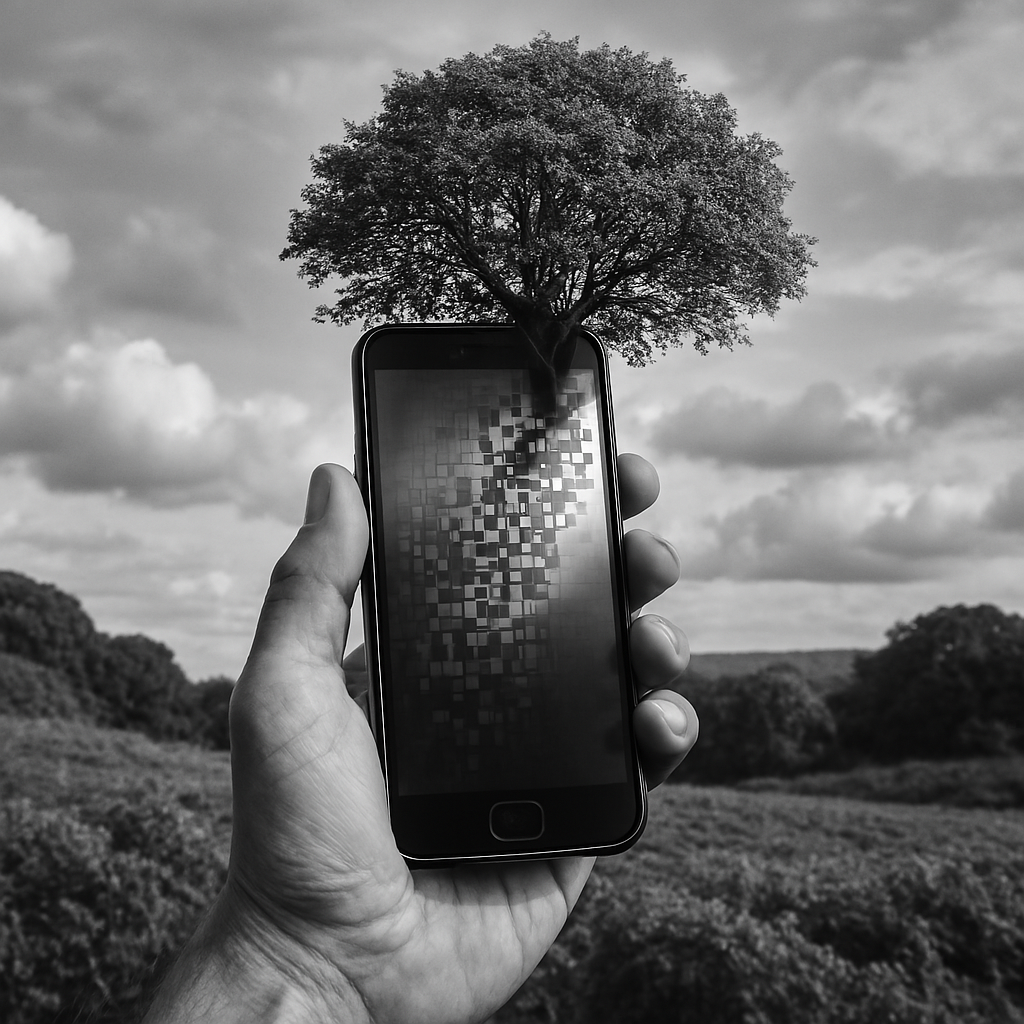
Digital transformation and environmental sustainability are today interconnected challenges. It is no coincidence that the European Union speaks of a double transition, digital and green, placing them both at the centre of its priorities for the coming years. In many cases, in fact, digital helps to reduce environmental impacts: just think of smart working, or online services that allow citizens to avoid travel. However, digital is not automatically synonymous with sustainability. Behind the scenes of every digital service are complex infrastructures (data centres, networks, devices) that require huge amounts of electricity, contributing to CO₂ emissions. Often this impact remains invisible to users – and sometimes even to insiders – creating the false perception that ‘virtual’ equals ‘green’.
The result is that the ICT (Information and Communication Technology) sector already accounts for a significant share of global energy consumption – recent estimates put it at around 4% of global electricity – and associated emissions. Some studies project that, without corrective action, digital technology could account for up to 14% of globalCO₂ emissions by 2040 – a contribution comparable to that of the entire road transport sector today. On the other hand, digital technologies are indispensable tools for tackling the climate emergency: from efficient management of electricity grids to smart mobility, digitisation can enable innovative solutions to curb rising temperatures and improve resource use. In this context, it is crucial for digital experts to understand the dynamics of energy and vice versa, creating a common language between the two worlds: digital sustainability and the energy trilemma are the key concepts of this dialogue.
The energy trilemma: a difficult balancing act
In the energy world, the energy trilemma describes the challenge of balancing three fundamental and often conflicting objectives of this sector: Energy security, to ensure a steady, reliable and secure supply of energy. A secure energy system has diverse sources and resilient infrastructure to ensure continuity of service even in critical conditions;Energy equity (accessibility), to ensure that energy is accessible to all and affordable. This relates to social and economic justice in the sector, from universal access to electricity in developing countries to containing costs on bills for households and businesses; and finally, environmental sustainability, to produce and use energy in a clean and responsible manner, minimising the impact on the environment and preserving resources for future generations.
Balancing these three objectives is complex because they may conflict with each other. For example, pushing hard for environmental sustainability with stringent regulations could initially increase energy costs, penalising equity, or limit the use of certain sources before alternatives are ready, undermining security of supply. Conversely, pursuing energy security alone could lead to investing in strategic reserves of highly polluting fossil fuels, undermining climate goals. Or aiming only to keep prices low for consumers could discourage necessary investments in renewables or safer infrastructure. The energy trilemma, in essence, imposes trade-offs, and policymakers and industry must strike a dynamic balance between the ‘three Es’ (Energy Security, Energy Equity, Environmental Sustainability) through integrated strategies. The World Energy Council uses precisely these three criteria to annually assess the performance of different countries, drawing up a global energy trilemma index: in this direction, the World Energy Trilemma Index 2024 places Italy in 25th place worldwide (and in Europe) for balance of the trilemma: good on environmental sustainability thanks to the increase in renewables, but with margins for improvement on energy security and accessibility. This example illustrates how each country or system has its own profile of strengths and weaknesses in the trilemma, on which to intervene with targeted policies.
While these concepts may not seem exactly ‘familiar’ to a digital expert, an analogy can be found: in fact, just as in IT a balance is sought between performance, IT security and ease of use – where excelling in one often requires compromises on the others – in the energy sector reliability, cost and environmental sustainability are balanced. Understanding this balance is crucial to effectively applying digital to the energy world.
How the digital transition impacts the energy trilemma
The digital transition has a profound impact on each dimension of the energy trilemma. It can be a formidable enabler of solutions, but it is also a new energy demand factor to be carefully managed.
More in detail, its impact on environmental sustainability can be ambivalent: on the one hand, digital technology offers tools to reduce the ecological footprint of many human activities, and directly contributes to the decarbonisation of the energy system, facilitating the integration of renewable sources and, thus, reducing dependence on fossil fuels. In practice, technologies such as artificial intelligence and the Internet of Things make it possible to make better use of renewable energies – e.g. by foreseeing solar/wind production and modulating consumption accordingly – and to eliminate waste, with obvious climate benefits. On the other hand, however, thedigital ecosystem consumes energy: data centres, servers, telecommunication networks, connected devices, all absorb electricity 24/7. If this electricity comes from fossil sources, the associated emissions can erode some of the environmental benefits of digital. In short, the digital transition only has a positive impact on environmental sustainability if it is accompanied by a parallel decarbonisation of energy.
As for its impact on energy security, digitisation can improve it by making energy systems smarter and more responsive. For example, digitised electricity grids can better manage loads and prevent blackouts thanks to sensors and automation: so-called smart grids are themselves a product of the digital transition applied to energy. A ‘connected’ energy system can also integrate many distributed sources (rooftop solar panels, batteries, electric vehicles) and isolate localised failures by avoiding cascading effects, increasing resilience in the event of adverse events. Finally, the issue of predictive maintenance must not be overlooked: sensors and algorithms can signal the deterioration of a turbine or transformer before it breaks down, for example, allowing for planned interventions and avoiding sudden blackouts. On the other hand, however, increased dependence on digital introduces new vulnerabilities: cyber attacks on energy systems, software malfunctions or blackouts that disrupt digital communications themselves. Energy security in the digital age therefore also involves industrial cybersecurity and the resilience of ICT infrastructures that control energy.
Finally, on equity and accessibility, digital can impact energy costs and access in different ways. On the positive side, the efficiency enabled by digital technologies tends to reduce operating costs in the long run: more efficient networks mean less wasted energy and thus potentially lower tariffs for users. The use of smart meters and monitoring apps can help consumers manage their consumption, shifting it when energy is cheapest (demand response) and saving on their bills. On the negative side, there is a risk that the digital transition generates new divides: for example, those with access to advanced technologies can get cheaper energy (thanks to dynamic pricing, smart PV systems, etc.), while less digitised users or those in areas without investment could be cut off from the benefits. Furthermore, investments in digital networks and new technologies have an upfront cost that could be reflected in bills if not managed fairly. Overall, however, the ‘twin transition’, if well managed, should produce cheaper energy in the long run: it is all about accompanying innovation with inclusive policies so that the benefits reach everyone.
To sum up, the digital transition impacts the energy trilemma like an accelerator: it can accelerate the achievement of sustainability and security goals, but if left to its own devices, it can also accelerate consumption and inequalities. This is why it is necessary to take a conscious approach, and to ensure that each technology project evaluates not only the direct benefits, but also the effects on the energy system. This is crucial so that digital sustainability and the energy trilemma do not remain just buzzwords, but are translated into everyday actions and decisions. The hope is that digital experts will become ambassadors of this integration, helping to design a future in which innovation and sustainability travel together: only in this way can we have a digital ecosystem that is truly part of the solution to the great energy-environmental problems, ensuring clean, safe and accessible energy in the digital age.



